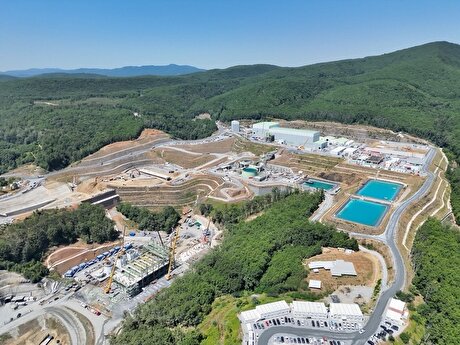
Stimulus in focus as China’s GDP growth falls to 6pc

China's economy is growing at its slowest pace since the first quarter of 1992, with the latest quarter down from 6.2pc in the second quarter and January-September growth at 6.2pc, according to national bureau of statistics (NBS) data.
The slowdown is no surprise given the continuing trade war with the US and China's controls on real estate aimed at cooling housing prices, participants said. "Investment, exports and real estate are the three engines for GDP growth, and two of them broke down," a north China steel trader said referring to exports and real estate.
Some participants said the GDP growth was better than expected, which contributed to futures reversing falls in the afternoon. Futures for rebar rose by 0.2pc, hot-rolled coil (HRC) rose by 0.1pc, and iron ore rose by 0.7pc.
"The data raised macro concerns but the GDP was slightly better than our forecast for below 6pc," a China-based international iron ore trader said. His trading firm still holds a negative outlook for this quarter given bearish demand from the steel side.
China is on pace to produce 996mn t of crude steel in 2019 after an 8.4pc increase through September. If this supply is not curbed over winter, steel prices will remain under pressure. Exports are unlikely to provide relief because of intensifying overseas competition and protectionist policies limiting sales options.
The fob Tianjin HRC index has fallen by 16pc, or $80/t, to $430/t since 1 July, with $20/t of the drop coming this month. Domestic price drops have given Chinese exporters more room to cut offers.
Beijing's next indication on stimulus measures could come when the Chinese communist party's central politburo meets at the end of October. Expectations are mixed on whether more stimulus is coming.
Some mills and trading firms said there will be no stimulus because growth is meeting the 6-6.5pc target. The consumer price index is running too high for aggressive monetary easing, and an immediate round of infrastructure spending is unlikely at the start of winter, one mill manager said. Another mill manager said stimulus funding and bonds could be readied at the end of the year for projects in early 2020.
Two other mills said only be minor stimulus will be released gradually.
The government is likely to concentrate on infrastructure, which has supported steel consumption, especially on railways and roads, a steel trader said.
The NBS cited deepening supply-side reforms and rising economic headwinds.
"Generally speaking, the national economy maintained overall stability in the first three quarters," the NBS said today. "However, we must be aware that given the complicated and severe economic conditions both at home and abroad, the slowing global economic growth, and increasing external instabilities and uncertainties, the economy is under mounting downward pressure."

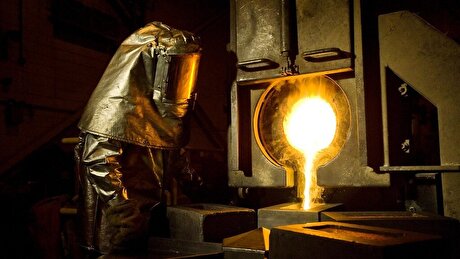
Newmont nets $100M payment related Akyem mine sale

First Quantum scores $1B streaming deal with Royal Gold

Caterpillar sees US tariff hit of up to $1.5 billion this year
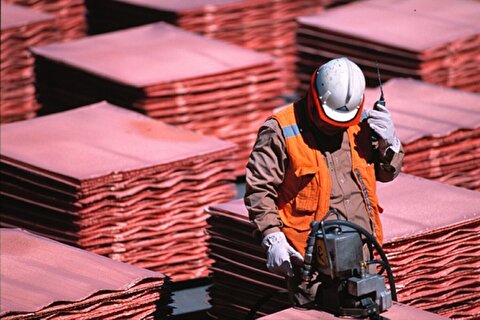
Copper price collapses by 20% as US excludes refined metal from tariffs
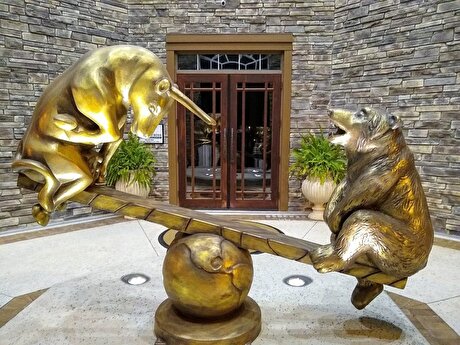
Gold price rebounds nearly 2% on US payrolls data

St Augustine PFS confirms ‘world-class’ potential of Kingking project with $4.2B value
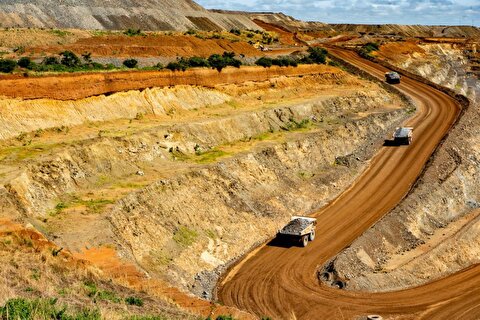
B2Gold gets Mali nod to start underground mining at Fekola

Copper price posts second weekly drop after Trump’s tariff surprise

Goldman told clients to go long copper a day before price plunge
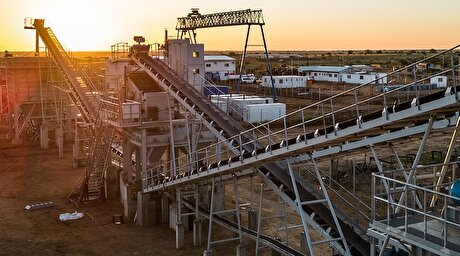
NextSource soars on Mitsubishi Chemical offtake deal

Copper price slips as unwinding of tariff trade boosts LME stockpiles

SAIL Bhilai Steel relies on Danieli proprietary technology to expand plate mill portfolio to higher steel grades

Alba Discloses its Financial Results for the Second Quarter and H1 of 2025
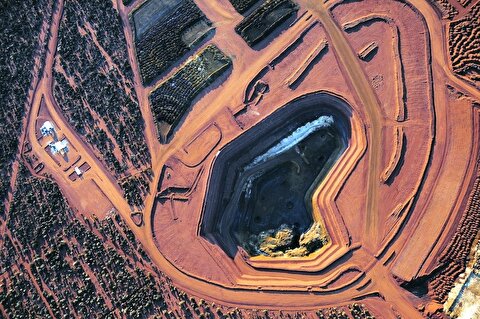
Australia weighs price floor for critical minerals, boosting rare earth miners

Australia pledges $87M to rescue Trafigura’s Nyrstar smelters in critical minerals push

Fresnillo lifts gold forecast on strong first-half surge

Why did copper escape US tariffs when aluminum did not?
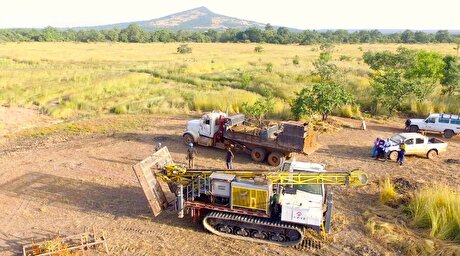
Fortuna rises on improved resource estimate for Senegal gold project

Caterpillar sees US tariff hit of up to $1.5 billion this year

NextSource soars on Mitsubishi Chemical offtake deal

Copper price slips as unwinding of tariff trade boosts LME stockpiles

SAIL Bhilai Steel relies on Danieli proprietary technology to expand plate mill portfolio to higher steel grades

Alba Discloses its Financial Results for the Second Quarter and H1 of 2025

Australia weighs price floor for critical minerals, boosting rare earth miners

Australia pledges $87M to rescue Trafigura’s Nyrstar smelters in critical minerals push

Fresnillo lifts gold forecast on strong first-half surge

Why did copper escape US tariffs when aluminum did not?

Fortuna rises on improved resource estimate for Senegal gold project














